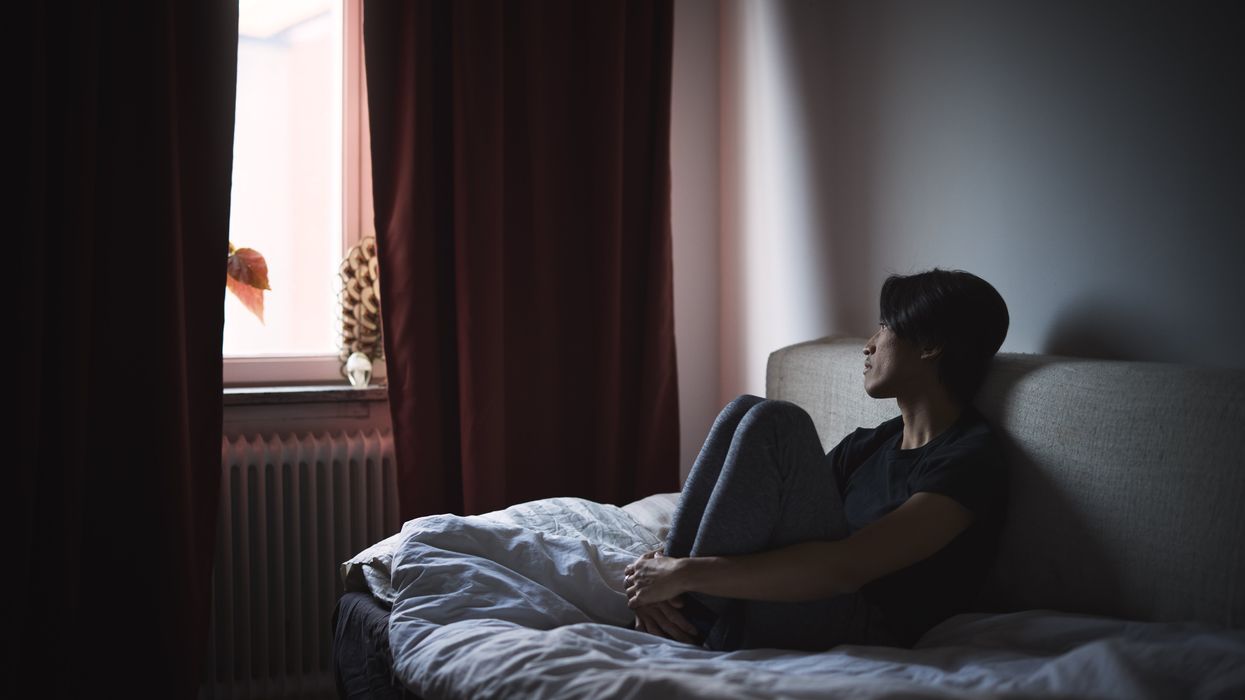Ransome is an associate professor of public health at Yale University and a public voices fellow with The OpEd Project.
This week, the city of Seoul, South Korea, announced it would spend $327 million to fight an epidemic of loneliness in a country where thousands of people die alone every year. Authorities plan to create a “city where no one is lonely” within five years.
America, too, faces a crisis of social isolation. As a professor who studies social connectedness and health, I find it alarming that neither presidential candidate has discussed their plans to address this national crisis. By prioritizing social connection, our candidates could avert or alleviate pressing issues, including early mortality and rising suicide rates. Moreover, a more robust social fabric would make our communities safer and more resilient in the face of increasingly severe climate threats. As we saw in Florida and North Carolina last month, our communities are stronger when we’re all connected.
The (not so) hidden crisis of social connection
Social disconnection is a public health crisis. A 2019 Pew study found that only 26 percent of Americans know all their neighbors and 58 percent have never met up with their neighbors for get-togethers or social interactions. Meanwhile, we also trust each other less than we used to. An estimated 64 percent of adults believe that “Americans’ trust in each other is shrinking.” Not surprisingly, we’re getting lonelier: In 2019, Americans spent 5.5 hours a day in social isolation, up 17 percent from 2003. No wonder 20 percent of U.S. adults reported feeling lonely “a lot of the day yesterday,” according to a Gallup poll conducted in August 2024.
On the other hand, greater social connectedness protects our mental health and can help us live longer. A study of 72,322 women found that higher social integration was associated with a higher likelihood of exceptional longevity — measured as living over age 85. Another study showed that positive relationships with others were associated with lower functional limitations over time and a lower mortality risk some 23 to 27 years later. In Japan, longitudinal data following the 2011 tsunami showed that increased social connectedness was associated with higher individual survival.
The absence of social connectedness over time causes wear and tear on our body’s stress response and other organ systems that affect how long we live and die. One study of 6,500 people ages 52 and older found a statistically significant link between social isolation and earlier death. In short, when we do not live well together and cultivate a community ethos of social connectedness, people suffer and die prematurely.
Social isolation's effects on health aren’t just a problem among adults and older people. Our nation’s adolescents are also hurting from that crisis: some turn to social media technology to help them with connectedness, which may contribute to this teen mental health crisis and rising suicide rates, which increased 8 percent between 2008 and 2022 among youth ages 8 to 12 years old.
Loneliness is a solvable problem
It’s easy to consider loneliness and social isolation as private problems with private solutions. However, local and international governments are already implementing laws and national policies to make a difference. Seoul is not the only government addressing the problem. In 2018, the United Kingdom appointed its first minister for loneliness. In 2021, Japan followed suit. In 2024, the San Mateo County, Calif., governing board recognized loneliness as a public health crisis and created a plan to fund awareness of loneliness in the county. While it is too early to determine how well these investments work, these governments have already taken an essential first step by recognizing the problem and allocating funds.
The U.S. needs similar efforts at a national level to combat this health crisis. Among other measures, the next president should establish a White House Office of Social Connection and appoint a national director to coordinate national strategies to mitigate social isolation and improve the social infrastructure of communities.
A White House attuned to the social connection epidemic could also promote strategies incorporating social connections policy into other federal departments or agencies. For example, the Department of Transportation could focus on funding systems that allow people to connect with others across neighborhoods easily. The Department of Housing and Urban Development could provide funding incentives for mixed-use housing designed to build community across age and socioeconomic status. A national service program focused on building social infrastructure would have a double benefit; research shows such programs increase subjective well-being.
Investing in social connection saves money
It may sound naïve to call for a focus on social connection when so many high-profile issues have been debated. But attending to the loneliness epidemic could alleviate the kind of distrust and anger fueling our nation’s increasing polarization — while also reducing health care costs through relatively inexpensive measures.
For example, one study from Japan showed that the cumulative cost of public long-term-care insurance over 11 years dropped by approximately $3,500 per person among people who participated in hobbies compared to those who did not, and about $6,000 lower among people who participated in social group activities compared to those who did not. Investing in social connectedness also helps reduce the cost of premature mortality. Others showed that Japanese adults who lived through the 2011 tsunami and had a highly supportive social infrastructure — rich social ties — survived longer than others.
Investment in social infrastructure is as essential as investing in physical infrastructure for a community’s recovery from a crisis. As the dangers of climate change manifest through hurricanes and other disasters, we need investments in physical resilience and social connectedness — and we can’t wait for the next storm or massive wildfire to promote it. Our next president needs to call attention to this national crisis and take measures to fix it with a national plan. But while we’re waiting, the next time you see your neighbor, ask them how they’re doing — and remind them you’re here to help when the next emergency hits.


















